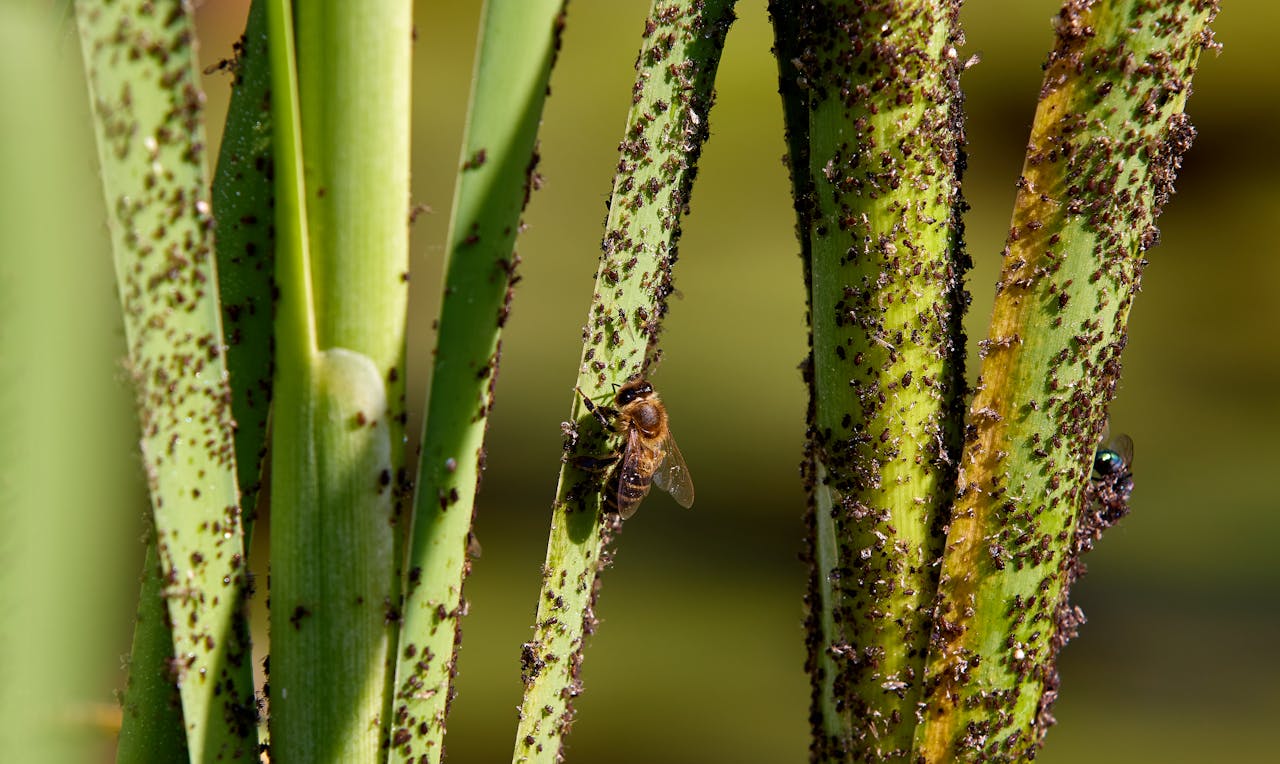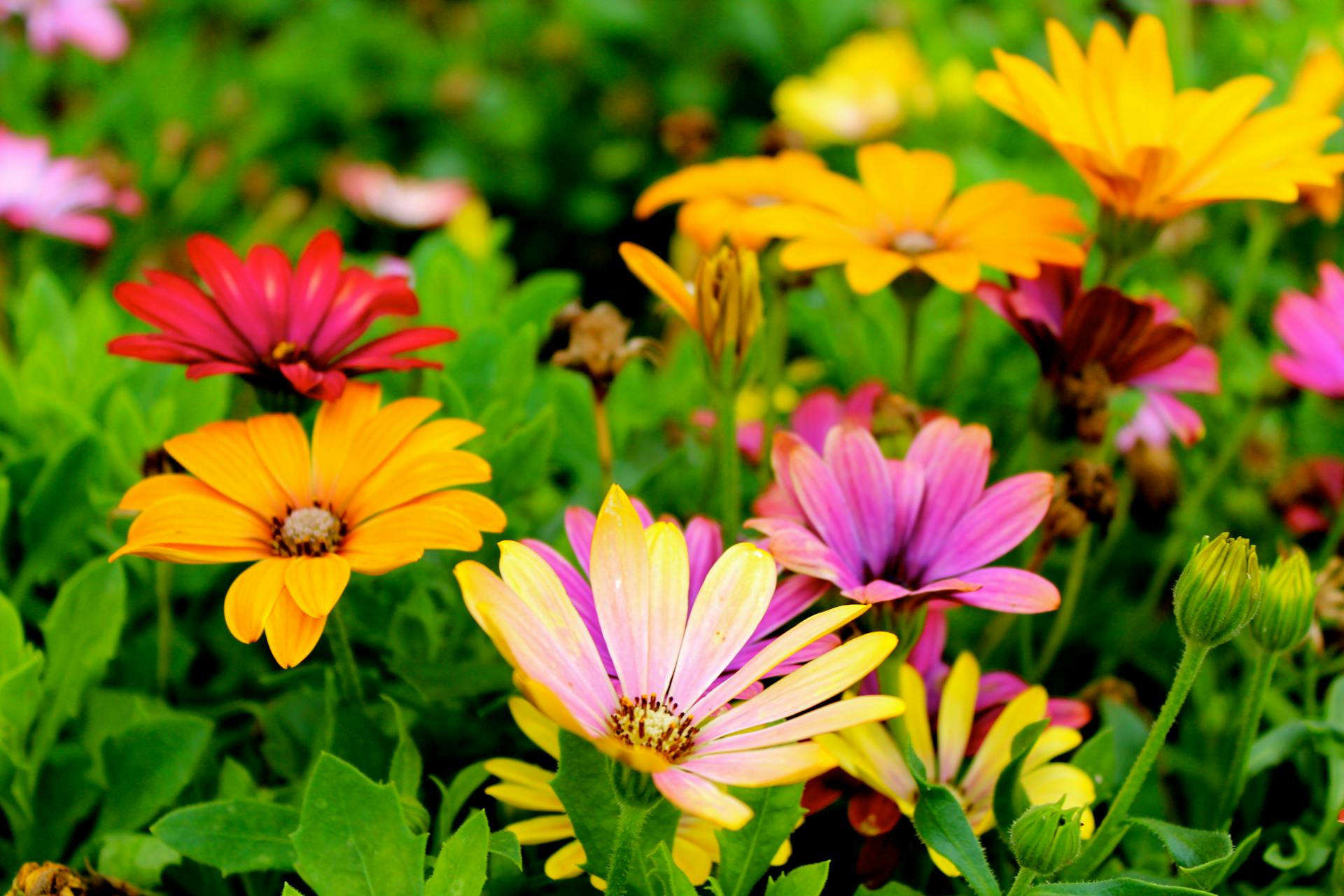Free standard shipping on all orders shipped in the U.S.
Menu

Free standard shipping on all orders shipped in the U.S.
Free standard shipping on all orders shipped in the U.S.


March 31, 2024 3 min read
Aphids might be tiny, but they can cause major problems for those who love their gardens and plants. These insects have a relentless hunger for plant sap, weakening and even destroying a wide range of plants. This results in leaves curling, yellowing, stunted growth, and the production of a sticky substance known as honeydew, which attracts additional pests. If you're wondering how to get rid of aphids, spotting these symptoms early on can be crucial in managing aphid outbreaks.
Before we discuss how to prevent aphids, it's essential to know their hideouts. They love the undersides of leaves and new shoots, where they can feed undisturbed. Aphids vary in color—green, black, brown, and sometimes pink—helping to identify the specific variety attacking your plants. They’re notorious for targeting a vast range of houseplants and veggies, making regular visual inspection a critical aspect of plant care.
If you’re a garden enthusiast looking to tackle the challenge of aphid infestations head-on, here are some DIY solutions on how to get rid of aphids with ease:

Apart from learning how to get rid of aphids, you should also implement preventative measures. To make your garden less inviting to aphids, consider these strategies:
While eliminating aphids might seem challenging, a comprehensive strategy on how to prevent aphids that combines removal, treatment, and prevention is your best bet for success. Different strategies can create a robust garden ecosystem that’s less susceptible to aphid invasion. Want to learn more about how to get rid of aphids or other insects? Explore our pest guides at DIY Pest Warehouse.